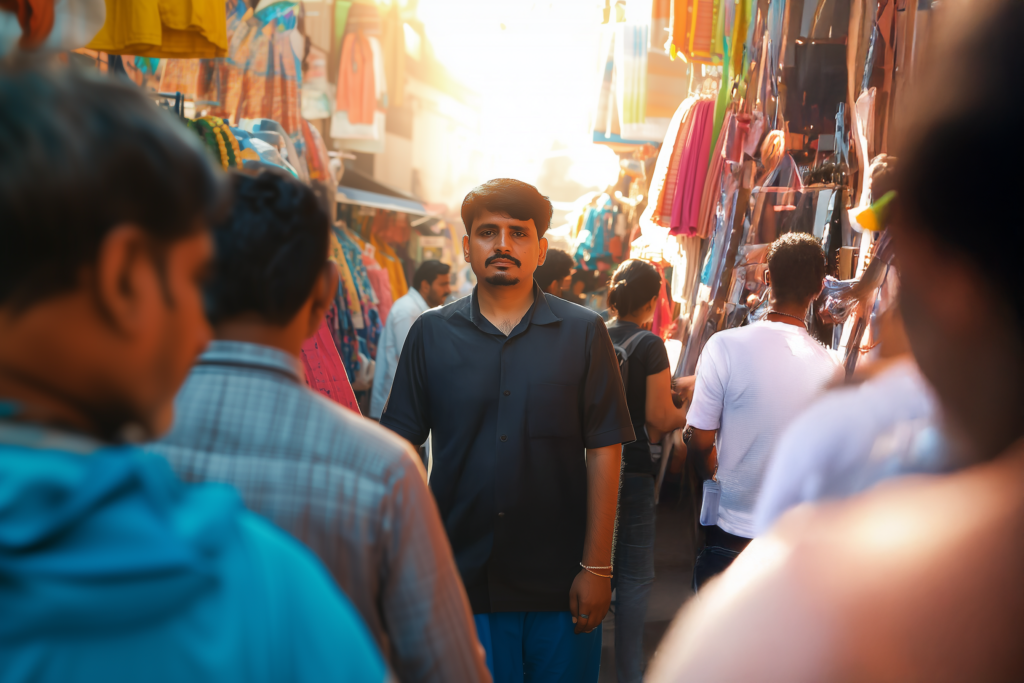India is home to one of the largest visually impaired populations in the world, with millions facing daily struggles that often go unnoticed. While advancements in assistive technology and policies exist, the harsh reality remains—most visually impaired individuals in India still encounter significant barriers in education, employment, mobility, and social inclusion.
Limited Access to Education
Despite the Right to Education Act, visually impaired children often struggle to access quality education. Many schools lack braille textbooks, trained teachers, and accessible infrastructure, leaving students dependent on alternative learning methods that are rarely available. According to reports, only a fraction of visually impaired children complete higher education, limiting their career prospects.
Employment Struggles and Workplace Bias
Unemployment among visually impaired individuals is alarmingly high. Many companies hesitate to hire them due to misconceptions about their abilities, lack of accessibility in workplaces, and inadequate assistive technology. Even government job quotas for disabled individuals often remain unfulfilled due to systemic challenges in recruitment and training.
Mobility and Safety Issues
Navigating Indian cities can be a nightmare for the visually impaired. Uneven roads, lack of tactile paving, unregulated traffic, and inaccessible public transportation make mobility extremely difficult. Many visually impaired individuals rely on family members or guides, limiting their independence.
Social Stigma and Isolation
One of the biggest challenges is societal attitude. Many still see blindness as a disability that leads to dependence rather than a condition that can be managed with the right support. As a result, visually impaired individuals often face discrimination, lack of marriage prospects, and limited social interaction, leading to isolation and mental health struggles.
How Can We Create a More Inclusive India?
🔹 Improving Education Accessibility – More investment in braille learning resources, digital tools, and inclusive schools.
🔹 Equal Employment Opportunities – Encouraging companies to adopt inclusive hiring practices and provide workplace accommodations.
🔹 Safer Public Spaces – Implementing tactile pathways, audio signals at crossings, and making public transport more accessible.
🔹 Breaking the Stigma – Public awareness campaigns to normalize visual impairment and promote inclusion.
Be a Part of the Change
At FRST Foundation, we are committed to making India more accessible and inclusive for the visually impaired. From distributing reflective jackets to improving safety for visually impaired pedestrians to advocating for policy changes, we strive to create a better future.
You Can Help! 💙
🔹 Share this blog to spread awareness.
🔹 Support initiatives that promote inclusivity.
🔹 Volunteer or donate to organizations working for the visually impaired.
Let’s work together to remove barriers and build an inclusive society where everyone has the opportunity to thrive.


